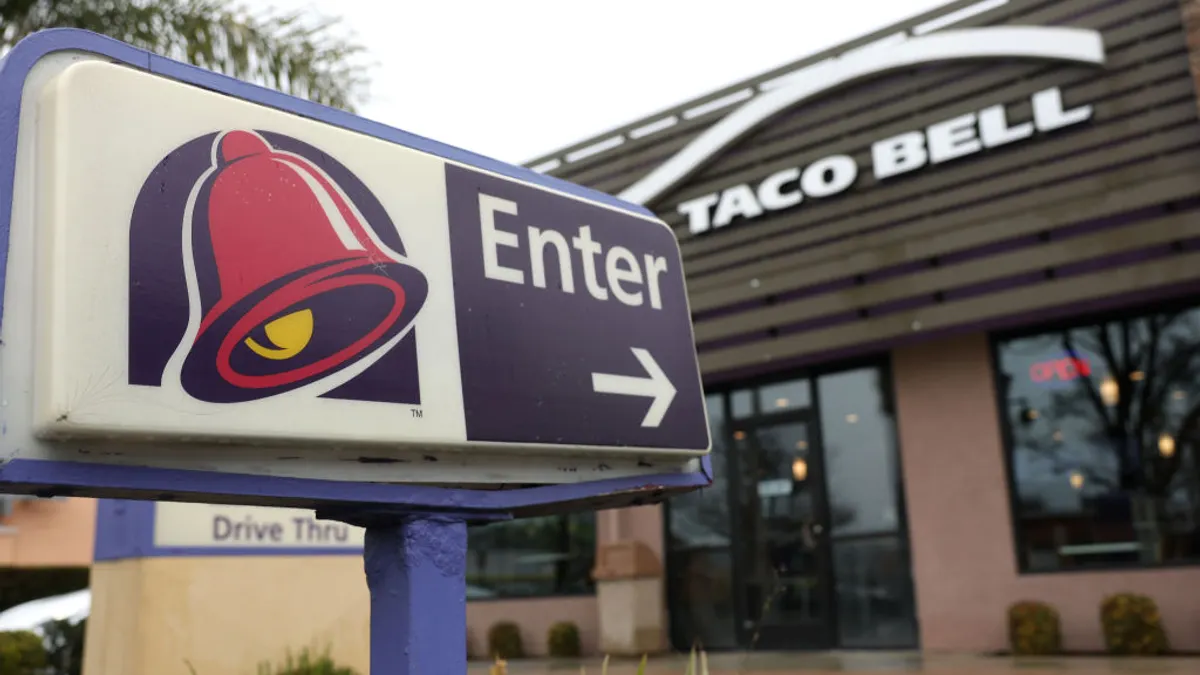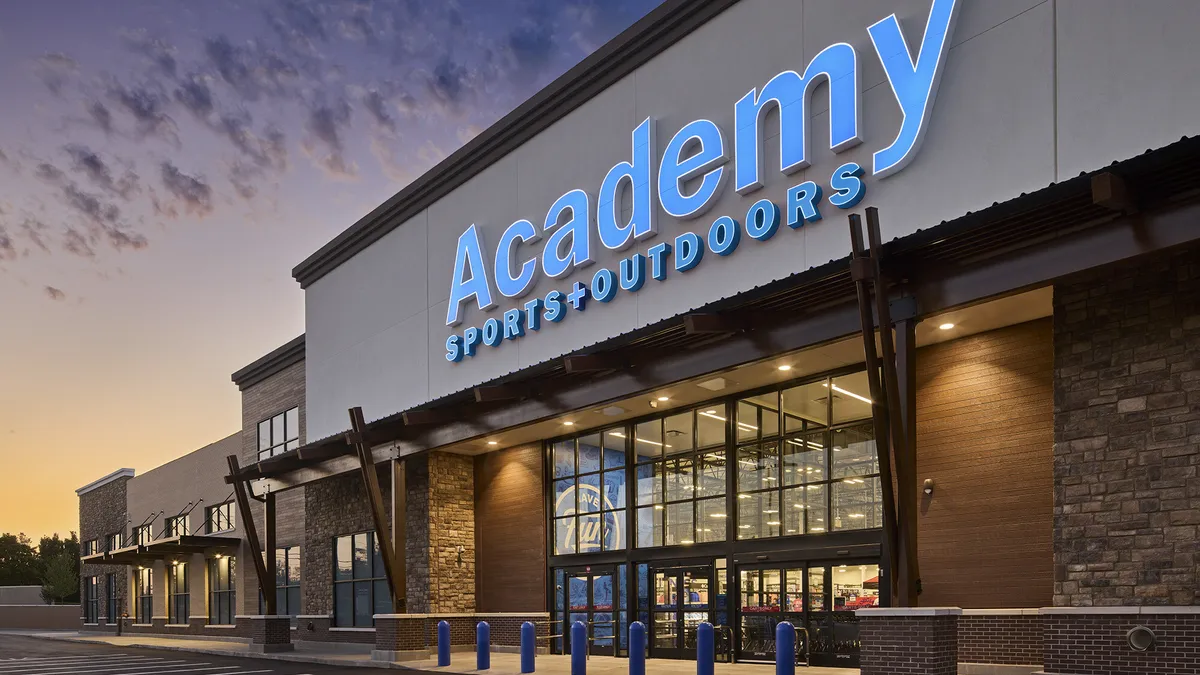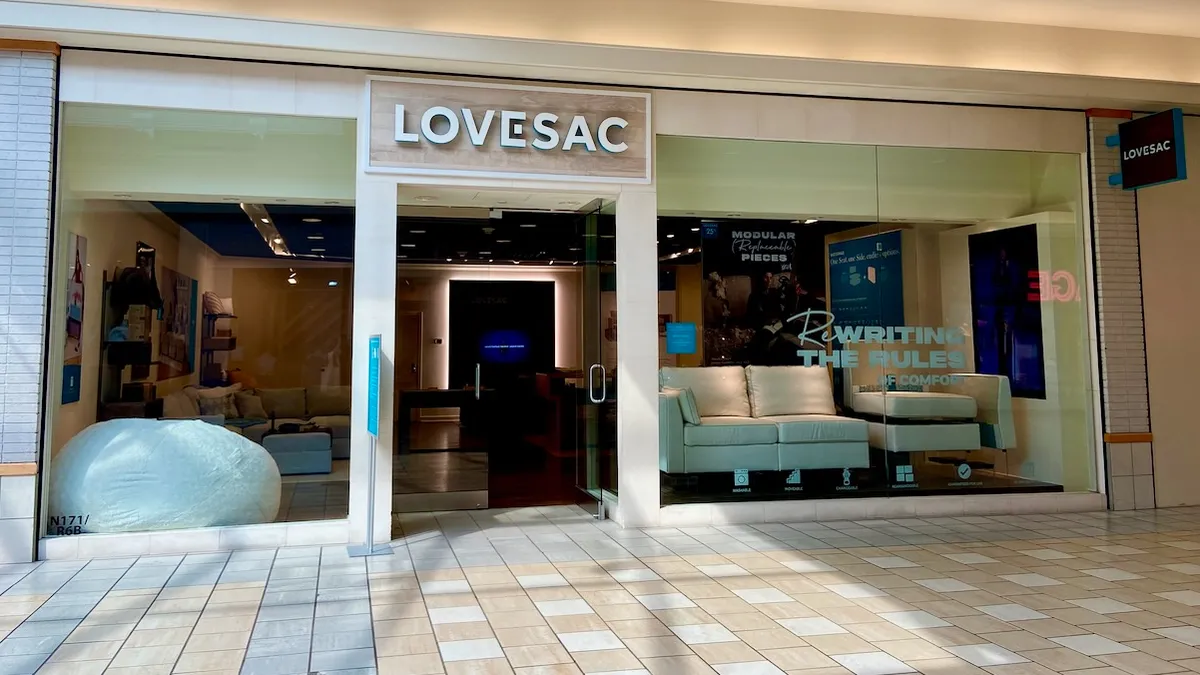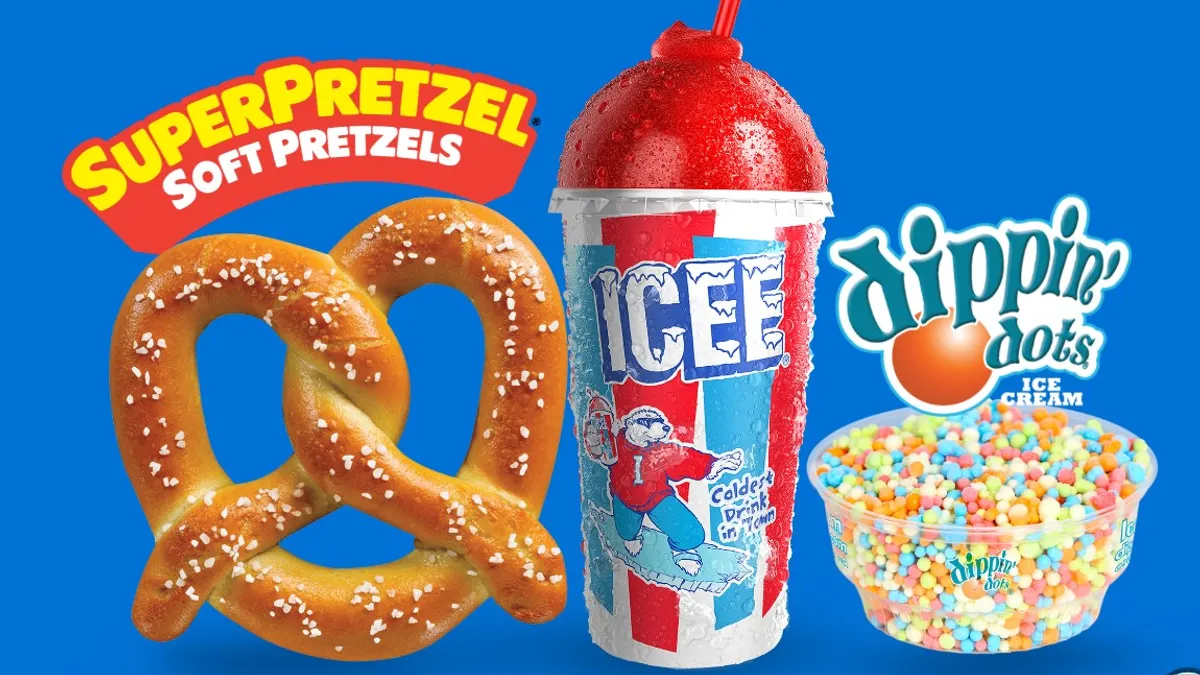Yum Brands is in the early stages of developing a unified supply chain organization for its restaurant franchisees, collaborating with thousands of suppliers worldwide, according to newly appointed Chief Supply Chain Officer Eric Craft.

The franchisor of over 61,000 restaurants across 155 countries wants suppliers to do business with "one Yum," rather than separately with each of the company's brands, including KFC, Pizza Hut, Taco Bell and The Habit Burger Grill, Craft said in an interview with Supply Chain Dive.
Yum also wants to build closer supplier partnerships where each side provides visibility into the other's long-range plans, fostering a more collaborative and strategic relationship.
Efficiency through unity
The unified approach is expected to streamline operations, reduce costs and improve efficiency. It is also meant to promote culinary creativity and growth, per Craft.
"Before, when we spoke in many voices, our suppliers didn't have that perspective. They were getting mixed messages," Craft said. "Now, speaking as one voice, representing our franchisees and representing the brands, it's a much more effective means of communication and a much more compelling story to our partners."
Craft joined Yum in January 2024 and led KFC’s global supply chain before he was appointed chief supply chain officer for the overall company earlier this year. From there, he immediately started building an eight-member leadership team.
Until now, "the work has been around leveraging and pulling together the full team as a young organization," Craft said.
Yum now plans to consolidate supply chain management to enable global-scale negotiations and strategy across all brands and regions, eliminating fragmented deal-making and bolstering supplier collaboration.
Ensuring more unified sourcing is important given the company’s total procurement expenses. For example, Yum spends $1.4 billion annually on dairy products alone, which is only 10% of its overall spend.
"We have to be in a place where Yum shifts from a supply chain organization focused on purely cost savings or purely supply assurance, which are critical deliverables, but we also have to be that growth engine and unlock innovation and capacity for our business," Craft said.
Negotiating with global and local suppliers serving franchisees' distribution networks is the primary service Yum provides to its brands. Meanwhile, franchisees handle distribution channels and logistics management through third-parties. Some of its largest licensees, such as Americana Restaurants and AmRest Holdings SE, have private networks while others join co-ops like Restaurant Supply Chain Solutions, a giant in the quick-service restaurant industry, according to the company.
The new supply chain model has bargaining teams responsible for specific supplies, such as meats, sauces, dairy, kitchen equipment and packaging, Craft said. Buying large quantities of supplies distributed globally enables Yum to offer franchisees the most competitive prices to improve profits and drive growth.
"We're driving top-line sales through enabling competitive menu pricing," Craft said.
Mitigating risk
Working with suppliers at a grand scale carries operational and financial risks, so a year ago, Yum started testing AI within its risk mitigation software, Craft said. The project aims to cover Yum's 5,000 suppliers and 7,000 supplier sites.
Maintaining food quality is another way to reduce risk. In 2022, Yum joined the industry-led Global Food Safety Initiative within The Consumer Goods Forum that recognizes third-party certification programs available to members. Today, around 90% of Yum-approved ingredient and packaging suppliers follow GFSI-approved standards.
The program has provided another unified front in its work with suppliers by offering a standard set of qualifications for doing business with Yum, Craft said.
Craft acknowledges that implementing the "one Yum supply chain approach" will take time. "We are months into this, so I wouldn't pretend that we've got it figured out perfectly," he said.
Nevertheless, the company is committed to the strategy as it focuses on being agile for its franchisees and customers alike.
“The pace at which we get to serve millions of meals through our restaurants is one that requires us to be consistently linked up to the pace of business and the pace of not only our current consumer, but our future consumer,” Craft said.























